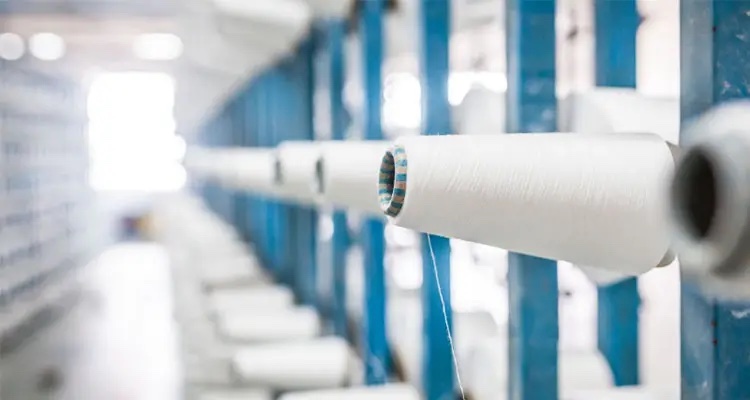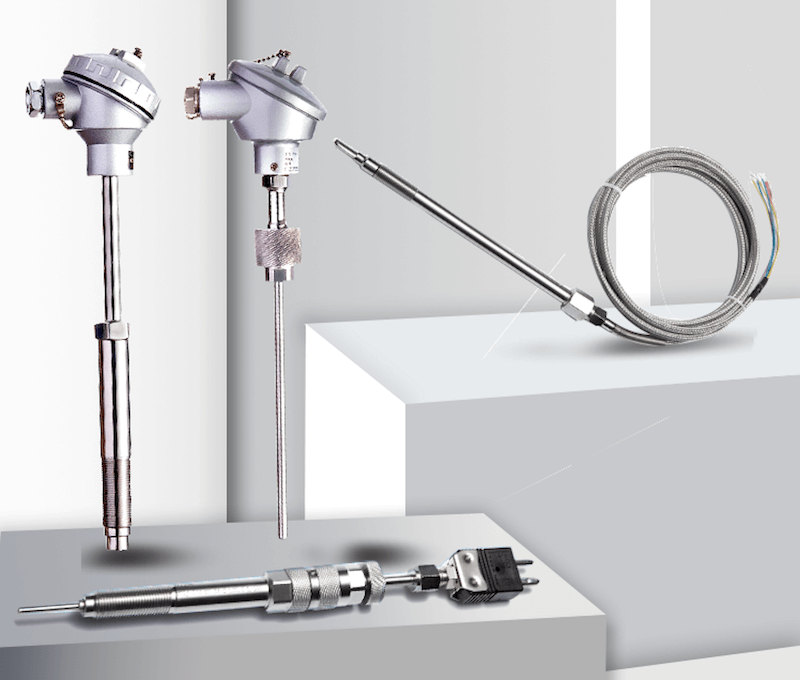Melt spinning is a revolutionary process that plays a pivotal role in the production of fibers and yarns. It involves the extrusion of molten polymer through small holes, known as spinnerets, to form continuous filaments. These filaments are then cooled and solidified to create fibers that can be further processed into various textile products.

The significance of melt spinning lies in its ability to produce fibers with exceptional properties. By controlling the melt extrusion process, manufacturers can achieve desired characteristics such as strength, durability, and even special functionalities. This process has revolutionized the textile industry by enabling the production of high-performance fibers that are used in a wide range of applications, from clothing and upholstery to medical textiles and geotextiles.
Understanding the Melt Extrusion Process and its Role in Melt Spinning
The melt extrusion process is a fundamental step in melt spinning. It involves the heating and melting of polymer pellets in an extruder, followed by the forced extrusion of the molten polymer through the spinnerets. The extrusion process is carefully controlled to ensure the molten polymer maintains its desired temperature and viscosity.
The molten polymer is then forced through the spinnerets, which have small holes or slits of specific shapes and sizes. As the polymer is extruded through these openings, it experiences shearing forces that align the polymer chains and give the resulting fibers their strength and structure.
Exploring the Hot-Melt-Extrusion-Based Spinning Process for Fiber Production
The hot-melt-extrusion-based spinning process is an advanced technique used for fiber production. It combines the principles of melt extrusion and spinning to create fibers with enhanced properties and functionalities.
In this process, the molten polymer is extruded through spinnerets into a high-velocity airstream. The air rapidly cools and solidifies the filaments, creating fibers with a unique structure. The high-velocity air also imparts orientation to the polymer chains, resulting in improved strength and dimensional stability of the fibers.
The hot-melt-extrusion-based spinning process offers several advantages over traditional melt spinning methods. It allows for the production of fibers with controlled microstructures, which can enhance properties such as moisture absorption, breathability, and dyeability. Additionally, this process enables the incorporation of additives and functional materials directly into the fibers, expanding the range of applications for these specialized fibers.
Applications of Melt Spinning in the Production of Chemical Fibers
Melt spinning technology has found extensive applications in the production of chemical fibers. Chemical fibers are synthetic fibers made from polymers derived from petrochemicals. These fibers are widely used in textile and non-textile industries due to their versatility and desirable properties.
Melt spinning enables the production of chemical fibers such as polyester, nylon, and acrylic. These fibers have excellent strength, durability, and resistance to chemicals and abrasion. They are used in a wide range of applications, including apparel, home furnishings, automotive textiles, and industrial materials.
The ability to control the melt spinning process allows manufacturers to tailor the properties of chemical fibers to meet specific requirements. For example, by modifying the composition of the polymer and adjusting the spinning parameters, fibers with enhanced flame resistance, UV protection, or antimicrobial properties can be produced.
How Melt Spinning Technology is Used to Produce Pharmaceutical Fibers and Yarns
Melt spinning technology is not limited to the production of fibers for textile applications. It is also widely used in the pharmaceutical industry to produce fibers and yarns for drug delivery systems and biomedical applications.
Pharmaceutical fibers and yarns produced through melt spinning have unique properties that make them suitable for drug encapsulation and controlled release. The precise control over fiber diameter and porous structure allows for the loading of therapeutic agents, such as drugs or proteins, into the fibers. These fibers can then be processed into various forms, such as nonwovens or yarns, for use in medical textiles or implantable devices.
Melt spinning technology offers advantages over other drug delivery systems, such as the ability to achieve sustained release profiles and improved bioavailability of drugs. Additionally, the versatility of melt spinning allows for the incorporation of functional additives, such as antimicrobial agents or cell growth factors, into the fibers, enhancing their therapeutic potential.
The Importance of Sensors in the Spinning Process and their Role in Quality Control
Sensors play a crucial role in the melt spinning process by providing real-time data and ensuring quality control throughout the production process. These sensors monitor various parameters, such as melt pressure and temperature, to ensure optimal process conditions and consistent fiber quality.
One of the key sensors used in melt spinning is the melt pressure transducer. This sensor is installed in the extruder to measure the pressure of the molten polymer during extrusion. By monitoring the melt pressure, manufacturers can detect any variations or abnormalities in the process, allowing for immediate corrective actions to maintain product quality.
Another important sensor is the melt temperature sensor, which measures the temperature of the molten polymer during the extrusion process. Maintaining a precise and stable temperature is crucial for achieving consistent fiber properties. The melt temperature sensor provides real-time feedback to control the hot-melt extrusion temperature, ensuring the desired polymer viscosity and molecular orientation.
Benefits of Using Melt Pressure Transmitters in Monitoring Melt Pressure in Extruders
Melt pressure transmitters offer several benefits in monitoring melt pressure in extruders during the melt spinning process. These transmitters provide accurate and reliable measurements of the melt pressure, allowing manufacturers to maintain optimal process conditions and ensure consistent fiber quality.

One of the main benefits of using melt pressure transmitters is their ability to detect pressure variations in real-time. Any deviations from the set pressure range can indicate issues such as clogged spinnerets, polymer degradation, or equipment malfunctions. By continuously monitoring the melt pressure, manufacturers can identify and address these issues promptly, minimizing production downtime and reducing the risk of product defects.
Furthermore, melt pressure transmitters offer high sensitivity and resolution, allowing for precise control of the process. Manufacturers can set specific pressure thresholds and alarms to ensure that the extrusion process operates within the desired parameters. This level of control helps optimize the fiber properties and ensures consistent performance of the final textile products.
Significance of Melt Temperature Sensors in Controlling the Hot-Melt Extrusion Temperature
Melt temperature sensors play a critical role in controlling the hot-melt extrusion temperature during the melt spinning process. These sensors provide real-time feedback on the temperature of the molten polymer, enabling manufacturers to maintain the desired process conditions and achieve consistent fiber quality.

Maintaining a precise and stable temperature is crucial for controlling the polymer viscosity and molecular orientation during extrusion. The melt temperature sensor continuously monitors the temperature and sends feedback to the control system, allowing for immediate adjustments to achieve the desired temperature profile.
By controlling the hot-melt extrusion temperature, manufacturers can optimize the fiber properties and ensure uniformity throughout the production process. Consistent temperature control minimizes variations in fiber diameter, mechanical properties, and other critical parameters, resulting in high-quality fibers with predictable performance.
Conclusion: The Future of Melt Spinning and its Impact on the Fibers and Yarns Industry
Melt spinning has revolutionized the fibers and yarns industry by enabling the production of high-performance fibers with tailored properties and functionalities. From chemical fibers to pharmaceutical applications, melt spinning technology offers versatility and control over the production process, leading to innovative textile products.
The integration of sensors, such as melt pressure transducers and melt temperature sensors, further enhances the quality control and process optimization in melt spinning. By monitoring critical parameters in real-time, manufacturers can ensure consistent fiber quality and minimize production downtime.
Looking ahead, the future of melt spinning holds great promise. Advances in hot melt extrusion technology, sensor technology, and material science will continue to push the boundaries of fiber production. The development of new polymers, functional additives, and spinning techniques will open up new possibilities for the creation of fibers and yarns with enhanced properties and applications.
In conclusion, melt spinning, coupled with the use of melt sensors, has transformed the fibers and yarns industry and will continue to drive innovation in the future. By harnessing the power of this revolutionary process, manufacturers can create textiles that meet the ever-evolving demands of various industries, from fashion to healthcare.











